Some resin 3D printers uses a monochrome LCD screen. Monochrome because the UV light is not absorbed by the color filter of the usual color LCD. As there is now a small market for these kind of displays, we can now find rather large panels with high resolution.

This is a 13″ LCD, monochrome, and 4K resolution. It means 3840 x 2160 pixels – more than 8 Megapixels – and a density of 330 pixel/inch (1 pixel is 76 micron). There is no back-light, and it connects easily to a computer HDMI port through an adaptation board. I bought it from Duobond Displays Shenzhen here.
Usually 300 dpi (dot per inch) is used for prints. It could be more dense of course, but it is what I observe on the photographic prints I get from professionals. (See later for close up pictures).
The LCD panel is fragile, better to make a frame to handle it safely.
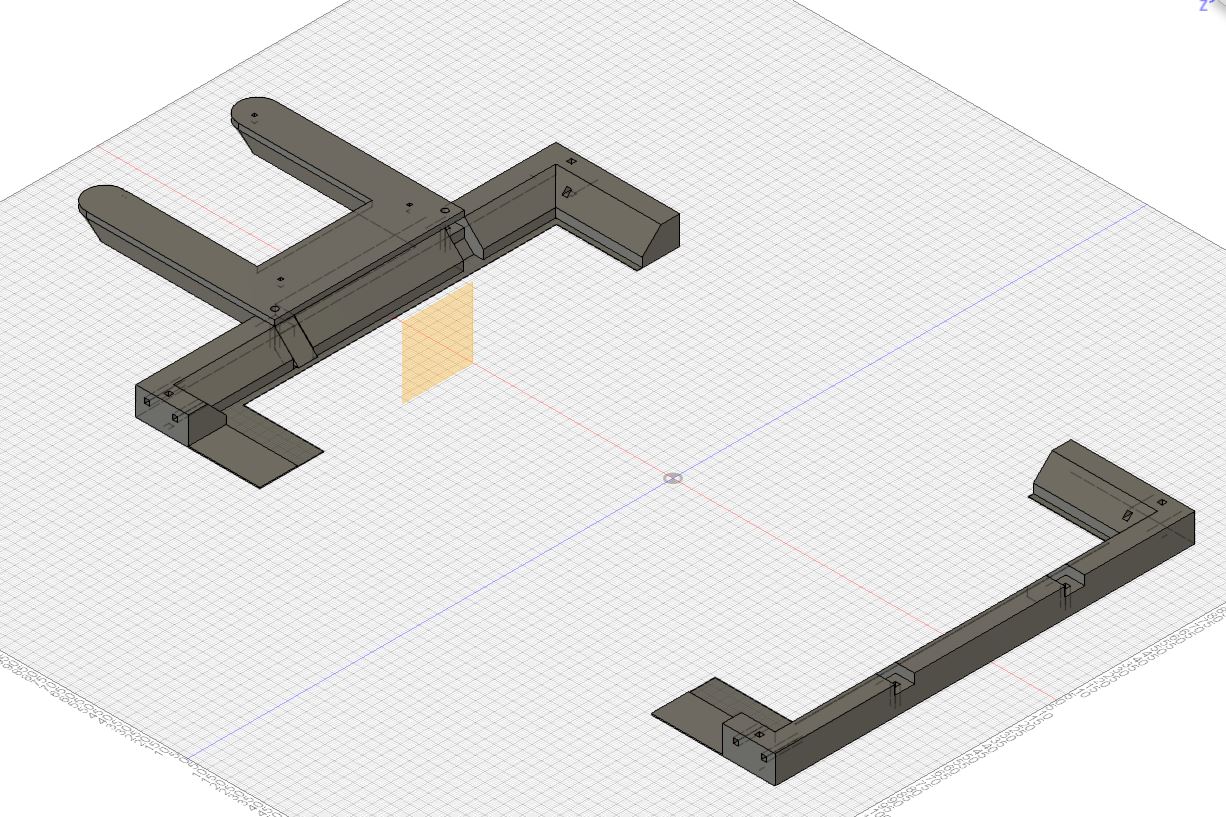
After the first test, I was happy to see that the LCD is perfectly able to block the light with black pixels and let enough light to pass through with white pixels. Making on the paper respectively white and black pixels.


The LCD is put in contact with the paper, the same way we make contact sheets with films. On the images above are the setup with the projector and the LCD panel, a test mosaic, and the result on the paper. The scale on the left is millimeters.
I made a small program to expose square tiles of the paper with different times. The idea is to get a calibration curve.
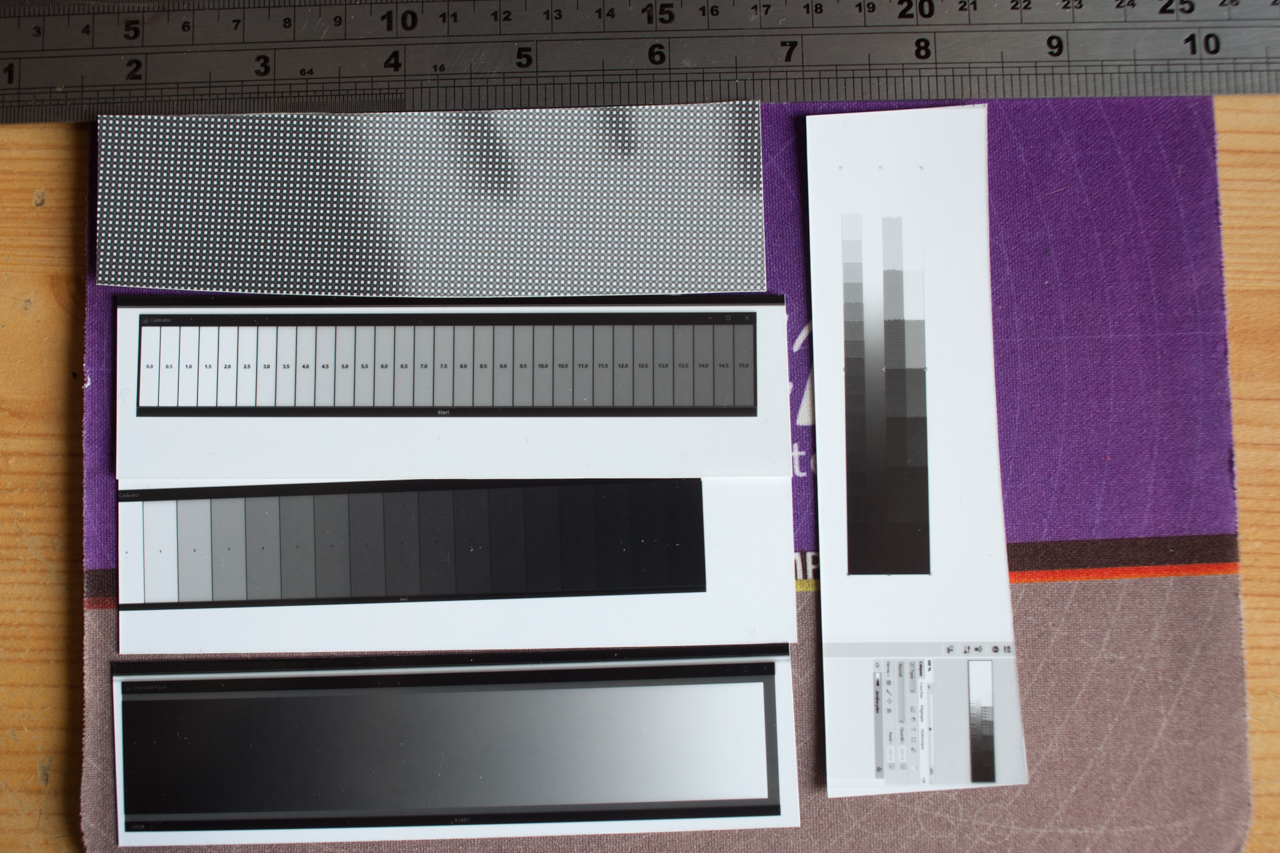

The next step is to make a program that translate the tone value into time, and generate the animation. See below the famous big buck bunny as an example (the time between each values is constant on the GIF, but not when generated with the program) :
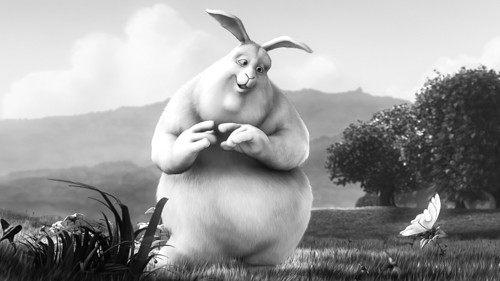
close up comparison :
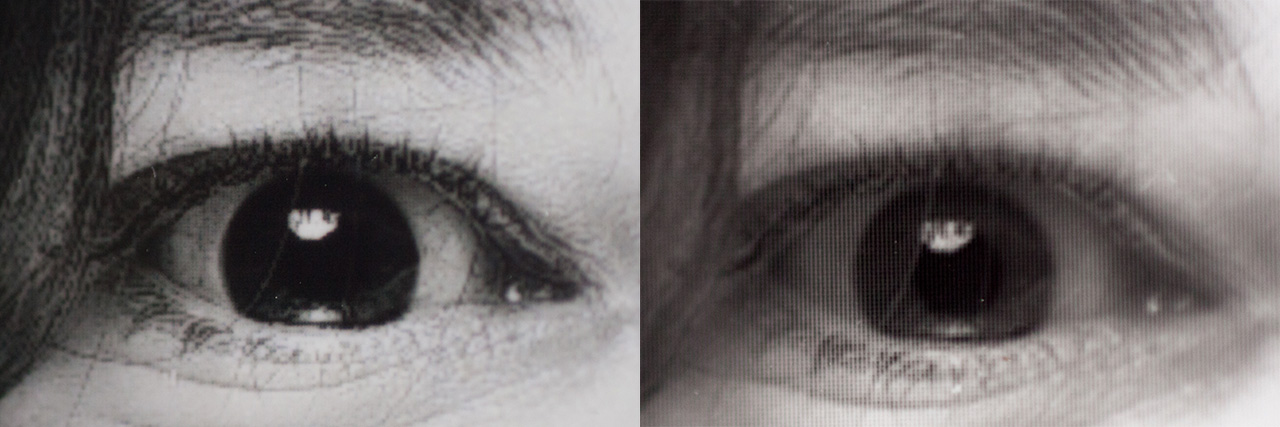
It is indeed quite hard to show with pictures the different feelings of prints. Below, on the left is a professional print with their tunings and on the right is the black and white Ilford paper with my own settings (less contrast and less digital sharpening).

I let you make your own conclusions. But I can give you my feelings. I think it is a good solution to get digital pictures printed on a true black and white paper. It will not be better than a print from a film or high quality prints from a professional. However it gives good result in roughly 6 min. One minute for exposure, 2 minutes revelation bath, 1 minute stop bath, and 2 for the fixing bath. Rinse with water, et voilà 😉
 Muth
Muth

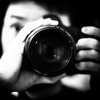


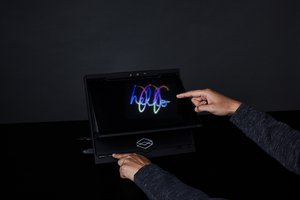
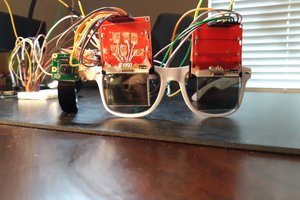
 Nick Bild
Nick Bild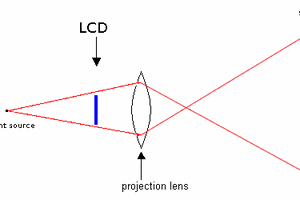
 Avamander
Avamander
Hi, I've recently established a method of using a monochrome lCD for 3D printer as a "virtual negative" for printing a picture (by alternative printing methods such as cyanotype and VanDyke) on a conventional photographic enlarger. With this method, LCD cell shadows (dots) do not appear on the print as they do in contact printing. The following are uploaded to Flickr. https://www.flickr.com/groups/14820076@N20/